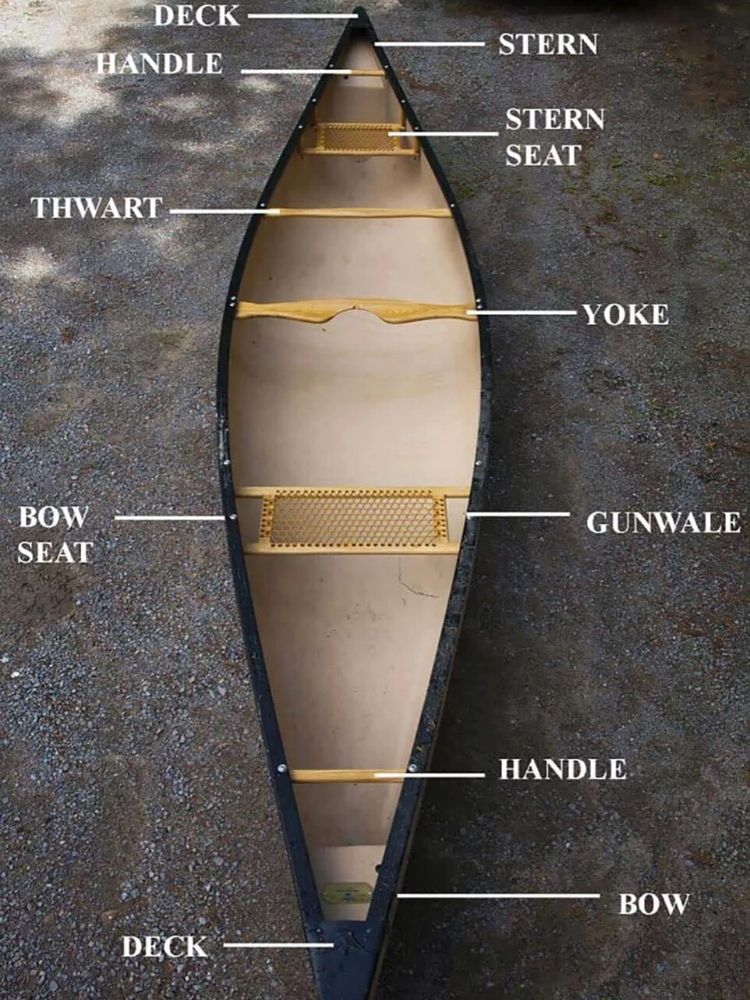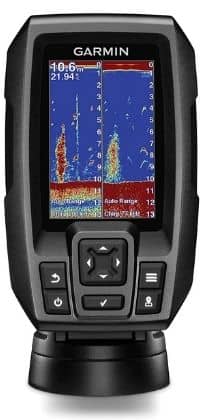Fishing has always been among the most enjoyable activities. It is a great way to throw away your worries and spend some time close to nature in smoothly flowing streams and rivers. A lot of people have turned to fishing to get away from their tough routines. Adding a kayak or canoe to glide through rivers adds to the serenity, opens up more fishing spots and provides some exercise.
Before you start your fishing adventures, you need to pay some attention to getting the right gear. And, if you're considering a small watercraft, is a kayak or canoe the best choice for your type of fishing? We dig into these details below so you can make an informed buying decision.
A canoe is a narrow boat that was used by Native Americans. These were constructed using yellow cedar for its high strength to weight ratio. These canoes were very durable and light. Today, most canoes are made of plastic and can be combined with fiber and/or polycarbonate. There are also inflatable canoes which are very portable.
Canoes can carry more than one person and its propelled forward manually with the help of a single blade pedal. However, you can also fit a small motor, but some argue that this takes away the satisfaction and experience that is exclusive to canoes.
A canoe is between 13 and 18 feet in length with the front end containing the bow seat and the stern seat is at the rear. In a canoe, you will find that the bow seat is wide and is placed close to the center. The individual at the bow does most of the paddling work while the person at the stern controls the steering.
You will find a yoke in the middle of the canoe which enables you to carry it on your shoulder while on its sides you have the thwart which assures the thwarting of crosswise impacts. The outer side is outwale while the inner is known as the inwalve.
The hull is the bottom of a canoe and its design has a massive impact on overall performance. A shallow V design provides a good balance between stability and maneuverability.

A kayak is a vessel that has also been used for a long time. The Inuit, Yupik, and Aleut people used these boats for hunting purposes. Its primary design gives room for only a single person and these are smaller and narrower compared to canoes. Although the modern designs provide you a bit more flexibility, the older kayaks were only suitable for a single person and are propelled with the help of a double-bladed paddle. The deck of the kayak is completely covered to ensure that no water enters the cockpit and it allows for a wide range of fancy moves for experienced kayakers such as flipping.
The modern kayaks are a lot different than their traditional ancestors. Previously, wood was the primary material in manufacturing, but now we have a wider range of materials to choose from. These include plastic, polyvinyl, fiberglass, and even Kevlar and aluminum. They are very versatile in their use and provide a whole different experience than a canoe. Used for whitewater extreme sports, fishing, touring, and even racing, the kayak’s design may differ depending on its purpose. However, the primary features remain common throughout all kayaks.
A kayak generally consists of a wide center and pointed ends. It has a covered top (cockpit is an exception). You can sit in the cockpit or potentially kneel. There are foot braces under the deck that allows a person to stretch forward his or her legs and place his or her feet on it. Kayaks can also feature a sit on top model, allowing you to sit on the deck while handling the kayak.
Kayaks are normally 10 to 20 feet long and some provide room for two people. The hull can vary a lot in shape and it can be a gentle and round for higher initial stability, or an aggressive V for enhanced secondary stability.

Firstly, canoes sit higher on the surface of the water. Therefore, they are less stable. However, they are bigger and have more room, giving you a chance to store all the necessary supplies. Ultimately, it gives you an option to move freely which makes it more comfortable. They are better suitable for calm waters and don’t do very well in strong tides. You can carry ample fishing accessories in canoes. However, they are more expensive than kayaks.
On the other hand, kayaks provide you with higher stability. The biggest downside is they tend to feature little to no storage space (especially in sit on top kayaks). Sitting in them for a long period of time may be uncomfortable. However, they tend to perform well in rough waters too, especially general kayaks and hybrid models. They can feature a space to store fishing gear and are generally less expensive than canoes. That said, the cost of specialist kayaks like fishing or hybrid kayaks can be considerably more expensive than standard kayaks.
If you have used both canoes and kayaks, you will know that canoes are generally sitting higher on the surface of the water compared to kayaks. So, if you are fishing, you will find canoes to be less stable. Particularly if you like to stand whilst fishing, it can be quite demanding to maintain your balance in a canoe. Although it is not impossible to stand or fish with a canoe, it will take some practice and effort as you will learn to balance.
Kayaks lower the center of gravity, keeping you closer to the water. Therefore, the overall stability in a kayak is better than a canoe. Especially, the sit on top models that come with a wider beam, enhancing stability even more. Regardless of whether you are standing or sitting, it is easier to maintain balance in a kayak.
It doesn't matter if it's a kayak or canoe, the first time you use it you will likely struggle to control it in rough waters. You will quickly get better with practice.
A canoe is better to be used on smooth waters such as lakes and slow rivers. As stability is relatively low, it is recommended for use in calm waters. Rough conditions will rock the canoe and you are likely to lose balance, particularly if you are standing. If the weather goes bad or the water becomes choppy, beginners are very likely to tip in a canoe.
Kayaks are better at handling rough water. Of course, it will depend on how good of a kayaker you are, but you will give yourself a considerable head start by choosing a kayak over a canoe if rough waters are common at your favorite fishing spots. Although better than canoes, the sit on top models are also more difficult to handle.
If you're looking for a vessel for long river fishing trips, we've found that canoes are more comfortable. They have bigger seats and better room for movement and flexibility, allowing you the opportunity to fish for longer. Moreover, as you are higher in water, you will be less wet than if you're in a kayak (assuming you don't fall in!).
Sit on top kayaks can also be a great choice for fishing in comfort. These are more versatile and provide more legroom. Generally, the seat of a kayak is built directly in the vessel hull. Therefore, sitting in a kayak for a long period of time may become uncomfortable.
Serious fishing requires serious gear. You'll likely need space for your rods, reels, tackle, food, and even fish finders. To store this gear you're better off with a canoe because they are bigger with more storage compartments. Given the canoe is open, there is the risk that the water may splash into the middle and wet everything. Beginner paddlers can purchase dry bags for any valuables and you'll find that more advanced paddlers seldom have issues with splash entering the canoe.
Kayaks can vary a lot when it comes to storage. Traditional and sit on top models have very limited storage space. Whereas the modern hybrid models can give you enough room to store all your fishing gear.
The sit on top kayaks are perhaps the cheapest vessels that you will find in this category. However, their price varies greatly depending on their construction and making. On the other side of the scale, canoes are bigger and tend to be a little higher in price. Hybrid kayaks are perhaps the most versatile vessels in this category, but they are also the most expensive.
Whether you decide on a canoe or kayak for fishing will come down to what you value most; stability, speed, comfort, or cost. If stability, speed and cost are most important to you, then a kayak will serve you best. However, if comfort and storage space are what you value the most, then canoes are worth exploring further. If you fit somewhere in the middle, then exploring the world of hybrid kayaks will provide you with some very rewarding options.
